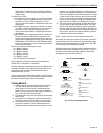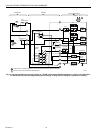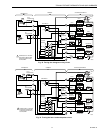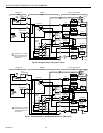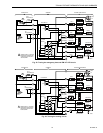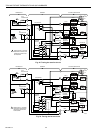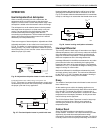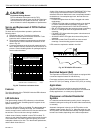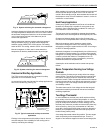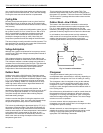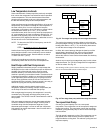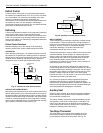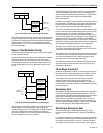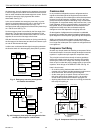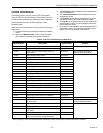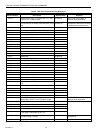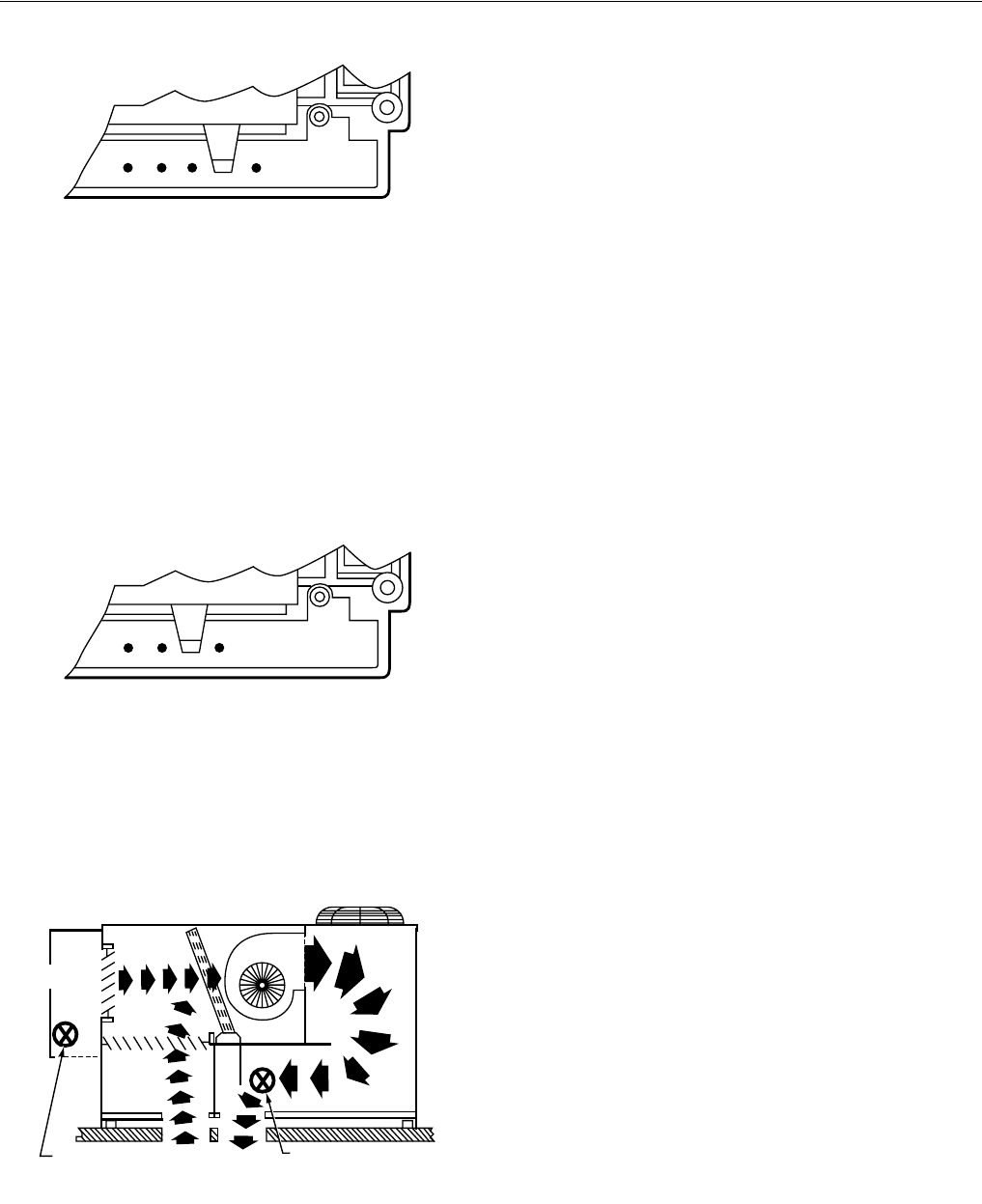
T874 MULTISTAGE THERMOSTATS AND Q674 SUBBASES
23 60-2485—8
Fig. 31. System switching for automatic changeover.
Automatic changeover is frequently used in areas where there
are large temperature differences in 24 hours. Some uses for
the automatic changeover feature are in the southern states
(cool in the morning and hot in the afternoon) and in
commercial applications.
Manual changeover requires a system switch movement to
change the mode. See Fig. 32. Most manual changeover
switches consist of HEAT-OFF-COOL choices. For heating,
switch to HEAT. For cooling, switch to COOL. It is not automatic.
Manual changeover is often used in areas where the
temperature is relatively stable between day and night.
Fig. 32. System switching for manual changeover.
Commercial Rooftop Application
The T874 can be used as part of a commercial rooftop
application to run mechanical cooling.
An economizer is often used as part of a rooftop application to
save on air conditioning. See Fig. 33.
Fig. 33. Typical commercial rooftop economizer
application.
Enthalpy is the temperature and humidity of the air. A more
accurate analysis of the suitability for free cooling can be
made by monitoring the enthalpy.
When enthalpy is low enough, the thermostat and a sensor tell
the economizer damper to open to let in cool air from the
outside. When enthalpy is high, the thermostat and sensor tell
the damper to close. No more outside air comes in, so the air
conditioner is used instead.
Heat Pump Application
A heat pump system operates much like an air conditioner.
However, the heat pump is capable of moving heat in two
directions; from inside the home to outdoors for cooling, or
from outdoors to inside for heating.
The heat pump can be controlled by separate relay/contactor
components, which are energized or de-energized by the T874.
Changeover between heating and cooling for heat pump
circuits can be accomplished either manually or automatically.
Manual changeover control requires a system switch
movement to change the mode. The reversing valve is
activated by moving the system switch to COOL for cooling or
to HEAT for heating operation.
Automatic changeover is accomplished by one of the mercury
bulb switches in the thermostat. On a system with automatic
changeover on cooling, the changeover valve is energized by
a mercury switch that makes on a temperature rise. On
heating, the changeover valve is energized by a mercury
switch that makes on a temperature fall.
A description of the methods used to control heat pumps
follows.
Space Temperature Sensing Low Voltage
Controls
Control systems for heat pumps usually utilize low voltage
control circuits. The variety of control functions required and
the relative complexity require a versatile and economical
method of control. There are several interlocks and indication
functions that would be more difficult and expensive to wire in
line voltage circuits. Low voltage controls have the precision
and flexibility needed.
The thermostat used is a low voltage device that has good
temperature sensitivity and several manual and automatic
switching capabilities.
Two-Stage Thermostat
In most installations, the heat pump itself requires auxiliary
heat, usually in the form of electric strip heaters, to carry the
building heating load at design conditions. Since the heat
pump is usually more efficient, the control strategy is to run
the heat pump whenever possible and the auxiliary heat only
when necessary—during very cold weather or if the heat
pump fails. Usually the auxiliary heat is used only below the
balance point (temperature at which the heat pump cannot
handle heating load by itself).
A two-stage thermostat makes this possible. The two stages
make sequentially as the temperature drops. There is a
degree or two between stages so that the second stage (the
OFF EM. HT. HEAT
AUTO COOL
M582
8
OFF EM. HT. HEAT
COOL
M5829
M5827A
H205 OR H705
ENTHALPY
CONTROL
RETURN
AIR
DISCHARGE AIR SENSOR
DOWNSTREAM FROM TH
E
EVAPORATOR COIL
OUTDOOR
AIR



